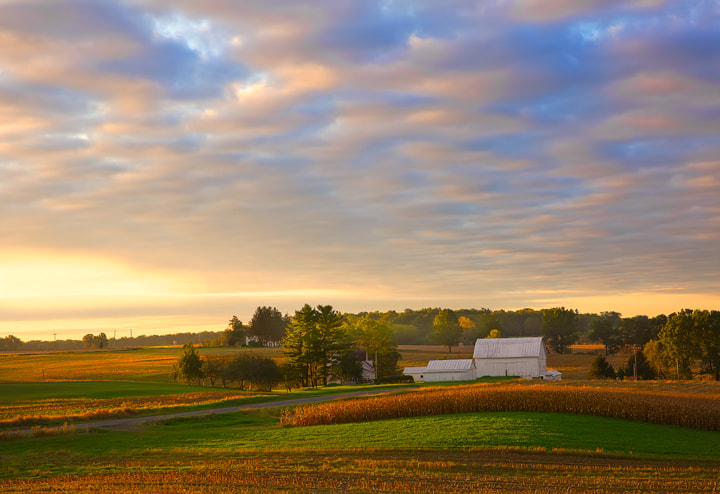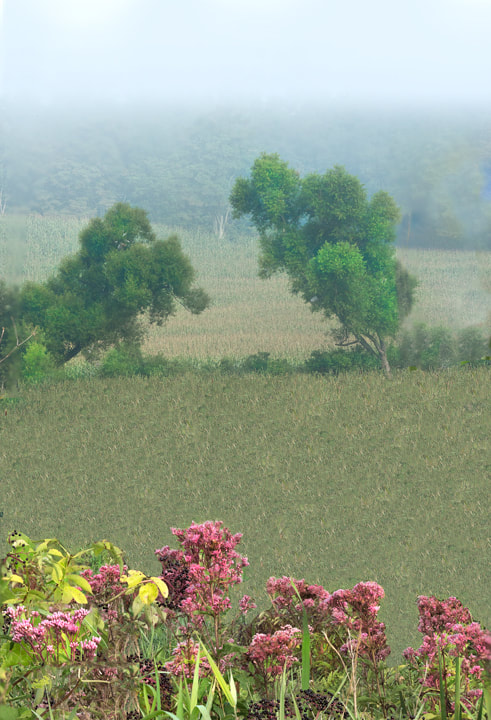
I hope you find thoughts to ponder, I have.
Why People Photograph by Robert Adams
Reflections on Classic Photographers
If I like photographers, and I do, I account for this by noting a quality they share—animation. They may or may not make a living by photography, but they are alive by it.
I think for example of a friend who when he was a young man, sometimes took pictures along country roads while sitting half up out of the sun roof of his moving, car, steering with his feet.
Apparently, he was meant to do this because over the years he went on to assemble a vast photographic celebration of Colorado life. When I hear his voice on the phone now, full of avidity even in old age, I promise myself that I will take grand, unsafe pictures.
Photography, like the others art, has that kind of intoxication. There is also a quieter pleasure. Occasionally photographers discover tears in their eyes for the joy of seeing. I think it is because they’ve experienced a miracle. They’ve been given this gift of tears which they did not earn, and as with many unexpected gifts, the surprise carries this emotional blessing.
Photographers do not know where in the world they will find pictures. Nobody does. Each photograph that works is a revelation to its supposed creator. Yes, photographers do position themselves to take advantage of good fortune, sensing for instance when to stop the car and walk, but this is only the beginning. As William Stafford wrote, calculation gets you just so far—"smart is Okay, but lucky is better. “
Days of searching can go by without any need to reload film holders, and then abruptly, sometimes back in their yards, photographers use up every sheet of film.
There is another reason I like fine art photographers—they don’t tempt me to envy. The profession is short on dignity. Nearly everyone has fallen, been the target of condescension. The stereotypical image of a photographer is a mildly contemptible, self-indulgent dilettante. They’ve been harassed by security guards, and dropped expensive equipment. Almost all fine art photographers have incurred large expenses in the pursuit of tiny audiences, finding that the wonder they’d hoped to share is something few want to receive. Nothing is so clarifying as to stand through the opening of an exhibition and only the paid staff have come.
Experiences like that could encourage defiance and resentment. Why be quiet while you’re losing? But the best move forward. Support from this who love them helps enormously.
I respect many photographers for their courage. Sometimes this quality is undramatic and private. It’s the grit to fight bad odds with discipline. One writes in good-humored self-mockery, “I feel like I have been living in a small hole somewhere with problems of nest management.”
Photographers must also withstand, with the help of their families and friends, the psychic battering that comes from what they see; sadness, grief, sorrow. In order to make pictures that no one has made before, they must be attentive and imaginative. When Robert Frank put down his camera after photographing The Americans, he could not escape the sadness of the world he had recorded as could we when we closed the book.
Paradoxically photographers must face the threat that their vision may one day be denied them. Their capacity to find their way to art, which is their consolation, to see things whole, may fail for an hour or a month or forever because of fatigue or misjudgment or some other shift in spirit that cannot be predicted or understood or even recognized, until it has happened past correction. For every Stieglitz or Weston who remained visionary to the end, there is an Ansel Adams who after a period of extraordinary creativity, lapsed into formulas.
Writing
Art is by nature self-explanatory. We call it art precisely because it is self-sufficient. Its vivid detail and overall cohesion give it a clarity not ordinarily apparent in the rest of life. And so, if the audience lives in the same time and culture as does the artist, there is no need to add to their art a preface or other secondary explanations.
I did not have to read photographers’ statements in order to love their pictures. Almost nothing they say about specific pictures enriched my experience of those pictures. Photographers seemed so strikingly unable to write at length about what they had made.
Robert Frost told a person who asked him what one of his poems meant, “You want me to say it worse?”
Photographers never fully know how they got the good pictures that they have.
Words are proof that the vision they had is not fully there in the picture.
The best way to know what photographers think about their work, beyond gazing at their photographs as we study profound books, is to read or listen to what they say about other pictures made by colleagues or precursors whom they admire. It is as close as photographers usually want to come to talking about their own intentions.
For photographers, the ideal book of photographs would contain just pictures—no text at all.
C. S. Lewis admitted, when he asked to set forth his beliefs, that he never felt less sure of them than when he tried to speak of them. Photographers know this frailty. To them words are a pallid, diffuse way of describing and celebrating what matters. Their gift is to see and bring back to us this miracle of sight.

 RSS Feed
RSS Feed